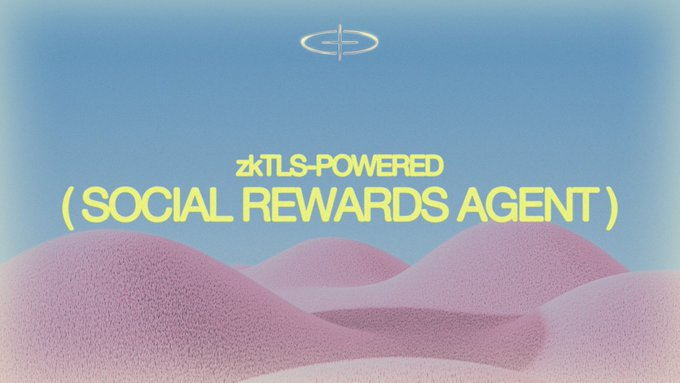Core Positioning and Project Background of Sophon
Sophon is a modular Layer2 network developed by the Matter Labs team based on the ZK Stack framework. It focuses on building a consumer-centric Web3 application ecosystem. Its core goal is to lower transaction costs (as low as $0.001 per transaction) and increase throughput (supporting millions of TPS) through ZK-Rollup technology, while integrating high-traffic scenarios such as social, gaming, and entertainment to simplify on-chain interaction for ordinary users.

This Token Insights article explores Sophon’s technological innovations based on the ZK Stack, its tokenomics, and potential in the Web3 consumer application domain.
The project received strategic investment from Binance Labs in 2024 and established partnerships with Aethir (AI computing), Azuro (prediction markets), Beam (gaming), and others to form its initial ecosystem matrix. In May 2025, Sophon announced the upcoming launch of its native token SOPH, marking the official start of its decentralized governance and incentive system.
Technical Architecture and Innovative Features
Sophon’s technical system revolves around the modularity of ZK Stack, with key innovations including:
-
EVM Equivalence: Inherits ZKsync’s core development toolchain, allowing developers to deploy standard EVM contracts without additional adaptation.
-
Elastic Chain Architecture: Achieves multi-chain parallel scalability through recursive zero-knowledge proofs, solving interoperability and security issues in traditional multi-chain ecosystems.
-
Account Abstraction and Gasless Experience: Users can interact seamlessly via social login and smart contract wallets, lowering the barrier for Web2 users.
-
Data Availability Optimization: Integrates Avail DA as an external data layer to reduce storage costs and improve scalability.
Additionally, Sophon introduces the Sophon OS operating system, integrating blockchain games, NFT markets, and social apps. Users can earn rewards through behavior mining, enhancing ecosystem activity.
Tokenomics and Market Dynamics
The SOPH token is the core of ecosystem governance and utility. Total supply is undisclosed, with the distribution mechanism as follows:
-
Node Rewards: 20% allocated to full and light node operators to support network decentralization;
-
Ecosystem Fund: 30% for developer incentives and partner integrations;
-
Team and Investors: 45% unlocked in phases to ensure long-term commitment.
The token functions include fee payments, governance voting, and staking rewards (annual yield expected at 12%-18%). As of May 2025, over $60 million has been raised through node sales, and the mainnet TVL has exceeded $500 million.
Ecosystem Progress and Competitive Challenges
Sophon’s ecosystem development focuses on three main areas:
-
Gaming and Entertainment: Blockchain game Animix surpassed 1 million players; ticketing platform OPEN Ticketing handles 7 million transactions annually.
-
AI Integration: Collaborated with Aethir to provide distributed GPU computing power to support AI-driven on-chain inference.
-
Compliance Pathways: Underwent preliminary review with the Nigerian SEC; integrated Chainlink oracles to ensure data transparency.
However, Sophon still faces multiple challenges:
-
Market Competition: Solana and Base have captured the retail user market; Sophon must stand out with low-cost and frictionless user experience.
-
Technical Risks: Cross-chain compatibility depends on third-party oracles; node failures could affect data availability.
-
Regulatory Pressure: U.S. SEC scrutiny of ZK technology may restrict institutional capital inflows.
Users can refer to the JuCoin Staking Guide to understand how to manage staking risks.
Outlook: From Technical Infrastructure to Consumer Applications
Sophon’s future plans include:
-
Feature Expansion: In Q3 2025, launch AI risk control modules and options trading features to diversify the ecosystem;
-
Cross-Chain Interoperability: Plans to support Cosmos IBC protocol for multi-chain asset interoperability;
-
Emerging Market Expansion: Partnering with RedotPay to develop compliant payment channels, focusing on Southeast Asia and Africa.
Industry analysis suggests that Sophon’s model of “ZK technology + consumer experience” may be the key to breaking through in the Layer2 space. If it can balance performance, compliance, and user growth, it may drive Web3 applications from speculative to utility-driven. When technology becomes invisible, blockchain can truly change the world.





